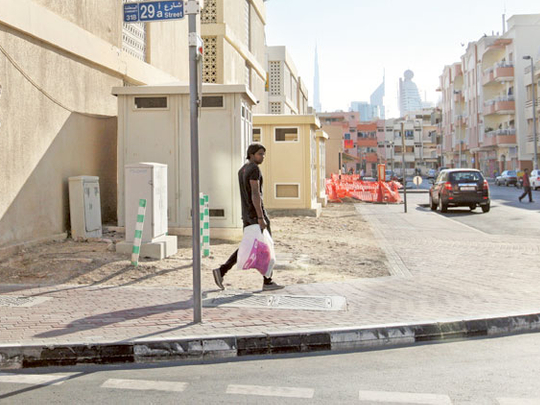
The prominent role of real estate is increasingly recognised in the wider debate on climate change, and in today’s society it is impossible to place it outside the context of the environment. Commercial and residential buildings account for significant portion of carbon emissions and various legislation — at both national and international level — is resulting in fundamental changes to building specifications and how buildings are managing to assist minimising the negative impacts of this.
However, green buildings remain the exception rather than the norm and sustainability goals are easier to announce than to achieve.
Buildings and construction works have the largest single share in global resource use and pollution emission. Sustainable buildings squeeze the current maximum utility achievable for owners, users and wider public to the lowest possible impact and risk for the global and local environment.
An increasing number of case studies and comparative analysis of environmental, social and economic performance of buildings from around the world suggests that ownership of sustainable buildings results in various benefits for investors, ranging from drastically lower operating costs to improved marketability, longer useful life-spans, significantly increased occupant productivity and well-being, as well as more stable cashflows.
Abu Dhabi takes lead
Within the UAE, Abu Dhabi has taken the lead in developing a green building programme in the form of the Urban Planning Council’s Estidama (sustainability) Pearl Rating System which stipulates that new buildings must meet strict sustainability and urban design requirements in respect of energy and water consumption efficiency to receive approval for construction.
This is part of UAE Government’s target of achieving a 120 per cent reduction in the UAE’s carbon footprint by 2015. Currently the authorities are now drawing up guidelines that will make existing structures in the Emirates sustainable.
These guidelines will call for more efficient water, lighting, cooling and insulation fixtures, etc. so that older buildings and villas make the best use of the scarce water resources and adapt better to the intense summer heat.
Investment in EEI stands out because of two important reasons:
• The upward and volatile trend of energy prices. One of the most compelling motivations for investment in EEI is to lessen the reliance on energy, and hence its cost in building operations.
• There is potential for operational savings that increase net operation income. In a typical urban office building, energy costs can range from 15-25 per cent of operating expenses. Any efforts to decrease controllable expenses, like energy use, fall directly to the bottom-line and can increase net income for the landlord.
‘Doing more with less’
Energy efficiency is about ‘doing more with less,’ rather than ‘doing without’.
Over the past 12 months, we have been working in tandem with a specialist energy efficiency contractor to help reduce the operating costs of our property management clients and make their properties more sustainable. Several refurbishment measures to existing buildings have been considered in an attempt to reduce operating costs and to improve energy efficiency.
Replacing fixed speed heating pumps with variable speed pumps is a most cost-effective refurbishment strategy. The electricity saved this way will pay for the additional capital cost and give an internal rate of return more than 100 per cent. Another way which energy efficiency can be achieved is to improve lighting installations — an opportunity that is most cost-effective for retail and industrial buildings.
In terms of examples of sustainable buildings in Abu Dhabi, Abu Dhabi Islamic Bank recently announced that it has been awarded the LEED pre-certification for Gold Rating from the US Green Building Council for its proposed new headquarters on Airport Road. The building is one of the first to have received such a certification in the UAE.
Steps taken to measure and monitor energy consumption can lead to efficiency improvements that translate into real economic savings, not only through a decrease in operating expenses, but also the increase in value associated with an increase in property level revenue.
— The writer is the head of valuations at Cluttons UAE.











